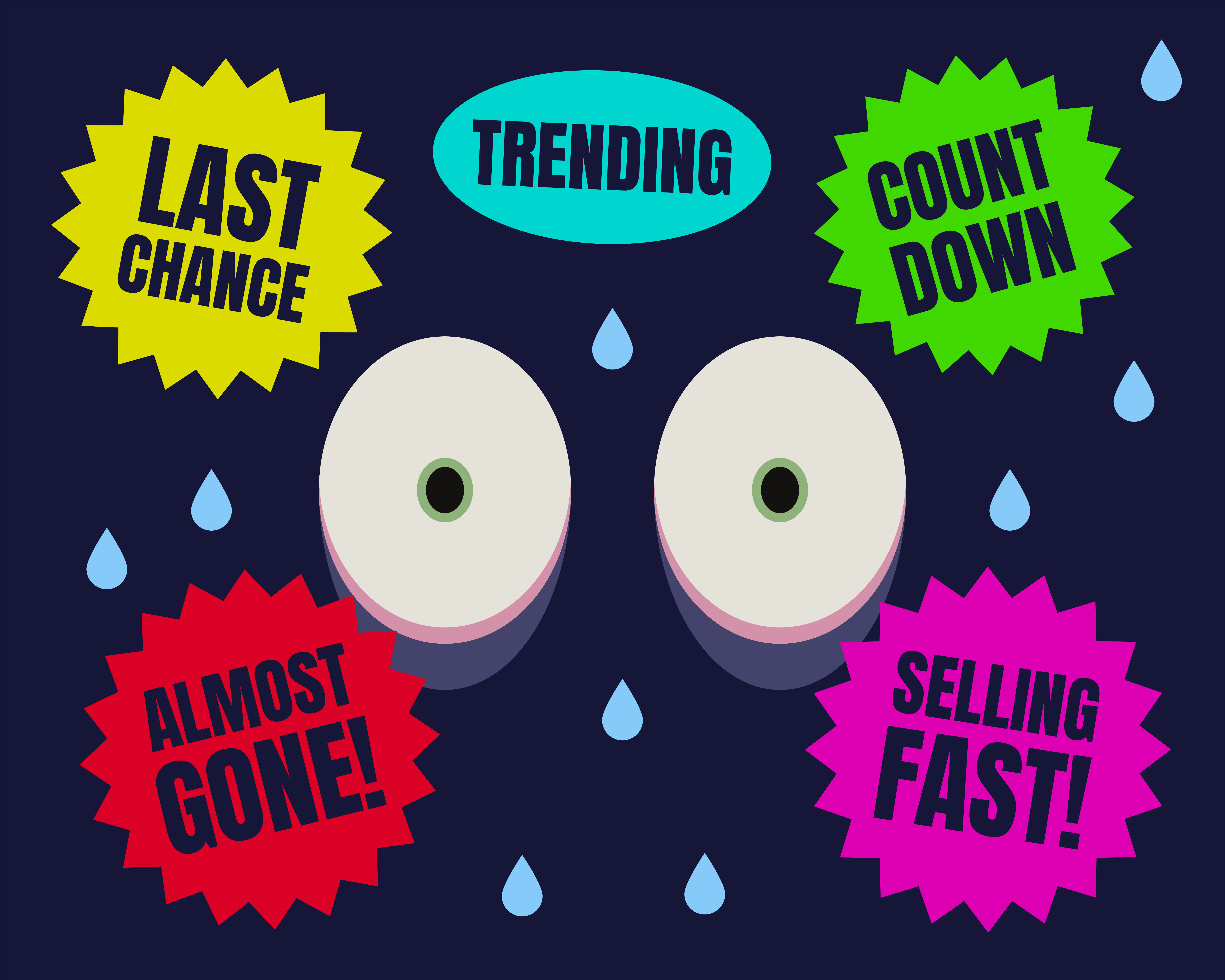More to offer than a disembodied phone call, with the ability to still feel like you were ‘seeing’ colleagues without any COVID hazards. Also, handy for seeing the whites of people’s eyes (just) when needing to have a frank or awkward conversation – or for arm waving when you’re having an enthusiastic one. Truth be told, it was a great leveller for short people like me which was quite telling coming back to a new workplace with comments like ‘I thought you would be taller’.
I was quite happy continuing in that vein. Why waste precious time doing the commute when I could still deliver a strategy presentation, or run a workshop from my bedroom?
However, now we’re starting to filter back into the office, and we are seeing colleagues in 3D, I realise that we were missing that ‘special something’. Don’t get me wrong – hybrid working is a good thing – but some meetings have been more fruitful, more collaborative, more constructive in person. We were better able to channel each other’s creative energies and collective intelligence. Being in the company of colleagues in the office environment has also deepened relationships which has benefited ways of working.
Why is this?
A lot of it has to do with the power of human interaction. Our brains’ limbic systems (emotional centres) are designed to rely on our connections with other people in order to regulate our own emotions and that of others. There’s an evolutionary role for this in times of comfort or danger, but in short, moods are ‘catching’ and the more cohesive a group of people, the stronger the sharing of moods.
Positive moods spread more easily than negative ones and studies have shown the power of this. We all know the contagious power of a genuine smile or guffawing laughter. In the workplace for example, a study of 62 CEOs and their top management team [1] has shown that teams who display more positive moods, work more cooperatively together – with better business results.
Laughter is powerful. And that's exactly how this ad made such a big emotional impact.
With the acceleration of all things online since the pandemic, one wonders whether we have lost something in the process. Something human, something chemical. As we see the evolution of shopping experiences via virtual reality and social media platforms like TikTok and YouTube, it’s worth thinking about as we move to a society where the human element is viewed less and less as an essential part of the experiential mix. It’s also worth thinking about when as marketers, we need to reach out to younger audiences starting with Generation Z (or ‘iGen’) who are much more used to engaging (and being influenced) in all aspects of their lives online.
Studies have shown that intense positive emotions are positively and strongly correlated to brand outcomes, via the creation of memories. Nurturing that emotional connection with brands boosts sales. We can all relate to the fact that the act of purchasing a product of service is not always a rational one. Not to be underestimated according to Harvard Professor Gerald Zaltman, as 95% of our purchase decision making occurs in our subconscious.
So, without being able to influence each other’s emotions in person, it led to me wondering how you fully harness that same intensity of emotion as we move further into this brave new digital world? Creativity plays a valuable role for marketers but apparently we can mimic the same language of emotion in the digital world as we do in the real world – and to quite significant effect.
There are people who are more emotionally expressive, more skilled at leveraging their personal presence and therefore better able to influence others around them – these are what have been termed by the Emotional Intelligence guru, Daniel Goldman as ‘emotional leaders’.
This is no different online. For starters, our cultural tendencies and personalities are echoed in how we digitally emote – for example, Brandwatch [2] found that the US, France, Spain and Italy were more emotive online than other nations like Singapore and Germany and that there are other cultural and generational differences in our online musings. But it is the more skilled amongst us who are able to exert the most influence in the digital world as some are able to in the real world.
It is well known that posts with a higher emotional value are more likely to be shared and to go viral – but as with face to face, not all emotions are equal. Awe, laughter, amusement or joy are more contagious than say, anger or sadness.
Not all emotions are equal, even in the virtual world.
Apart from video mediums, there is no shortage of ways to convey emotion in the digital world. According to Brandwatch, there are 3000+ emojis online, with new ones added regularly. As in the real world however, it’s not about using them at all – it’s about how you use them.
Social media influencers are sophisticated users of emojis with one study [3] which found that emojis have the effect of being ‘mood enhancers’, able to build trust and persuade – as well as draw and maintain attention. Neuroscientific evidence cited by WARC [4] has found that influencers can generate a significantly stronger emotional response and higher levels of recall than TV ads and that they can change people’s views on something already shared on other media, including TV.
Perhaps adding to this potent online chemical mix is the strong connection that social media influencers have to what they’re sharing. This is rooted in the urge to share. A New York Times study [5] found a number of motivations that drive sharing behaviour which includes self-fulfilment, a need to enrich others by putting out valuable and entertaining content, the desire to grow and nourish our relationships, or to get word out about a cause we’re passionate about.
The need for social currency and recognition naturally also feature in the mix which other influencers have talked about. The personal touch matters just as much online as it does in person and it applies to the non-verbal or written; Brandwatch found that consumers want brands to use their favourite emojis and respond better to text marketing which includes an emoji. You could say that this is an online form of ‘mirroring’ which exerts a subtle influence in our personal interactions (incidentally, one of the things that trainee qualitative researchers are taught to foster greater rapport in focus groups and interviews).
So as I depart to create my avatar and research trends on generational differences in the use of emojis, the plea is to not overlook how we create that authentic emotional impact online and to apply just as much thought as we would do in our personal interactions in how we skilfully leverage this – or others – in our digital content.

[1] “To your heart’s content: a mode of affective diversity in top management teams”. Sigal G. Barsade, Andrew J. Ward et al. Administrative Science Quarterly, 2000.
[2] Emojis and emotions: Brandwatch, BuzzSumo and Falcon.io
[3] Emoji rhetoric: a social media influencer perspective: Jing Ge-Stadnyk and Gretzel. Journal of Marketing Management, 2018.
[4] The science of influencer and its impact on influencer measurement: Ian Forrester and Shazia Ginai. WARC, Oct 2019.
[5] The Psychology of Sharing: why do people share online. New York Times Consumer Insight Group.






